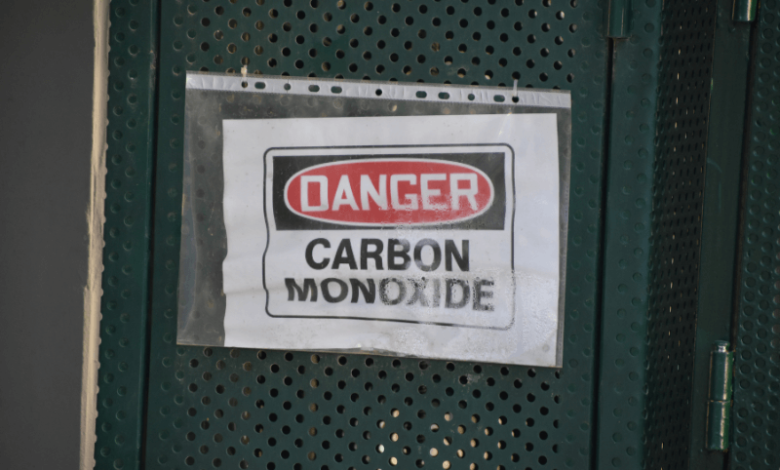Top things to do to protect your family from carbon monoxide poisoning

You cannot see or smell carbon monoxide. But this dangerous gas at high levels can kill you in just minutes. CO is produced from the burning of any fuel such as gas, oil, kerosene or charcoal. Hundreds of people die from carbon monoxide poisoning every year.
Fetuses, infants, elderly people and those having anaemia or a history of heart or respiratory disease are especially vulnerable. If appliances that burn fuel are used and maintained properly, the amount of CO produced is usually not hazardous.
Symptoms of carbon monoxide poisoning
In order to protect yourself and your family from potential CO poisoning, it’s important to learn about the symptoms first. Since several of these symptoms are similar to those of food poisoning, flu and other illnesses, you may not think that CO could be the cause.
Moderate levels of CO exposure usually trigger severe headaches. People can become dizzy, nauseated, mentally confused or faint. At low levels, you might feel shortness of breath, mild nausea, mild headaches and longer-term effects on your health.
If you experience any of the symptoms of CO poisoning, get fresh air immediately and go to an emergency room for medical assistance. The doctor is likely to ask you questions such as ‘do your symptoms occur only in the house?’ and ‘are you using any fuel-burning appliances?’
Prevention is better than cure
Remember prevention is the key to avoid carbon monoxide poisoning. Have your fuel-burning appliances inspected by a trained professional at the beginning of every heating season. Make sure that the flues and chimneys are connected, in good condition and not blocked.
In addition, choose appliances that vent their fumes to the outside. Read all of the instructions that accompany any fuel-burning device. If you cannot avoid using an unvented gas or kerosene space heater, use proper fuel and keep doors to the rest of the house open.
Don’t leave the car running in the garage as CO levels can rise really quick. If you have an attached garage, do not leave the engine running for a long time even if the garage door is open, as there is every possibility of CO seeping into your house.
There are more precautionary measures you could take to prevent CO poisoning, such as don’t use a gas oven to heat your home, don’t use a charcoal grill indoors, don’t sleep in any room housing an unvented gas aur kerosene space heater, and don’t use generators indoors.
Use carbon monoxide detectors as backup
One can never overstate the importance of carbon monoxide detectors. These detectors are available in stores and you can consider buying one as a backup – but not as a replacement for proper use and maintenance of your fuel-burning devices.
It is important to highlight here that the technology of CO detectors is still developing. Therefore, they are not generally considered to be as reliable as smoke detectors. Some CO detectors performed impressively and some didn’t at the time of laboratory tests.
READ MORE : Top 10 tips to improve and maintain good quality air at home



